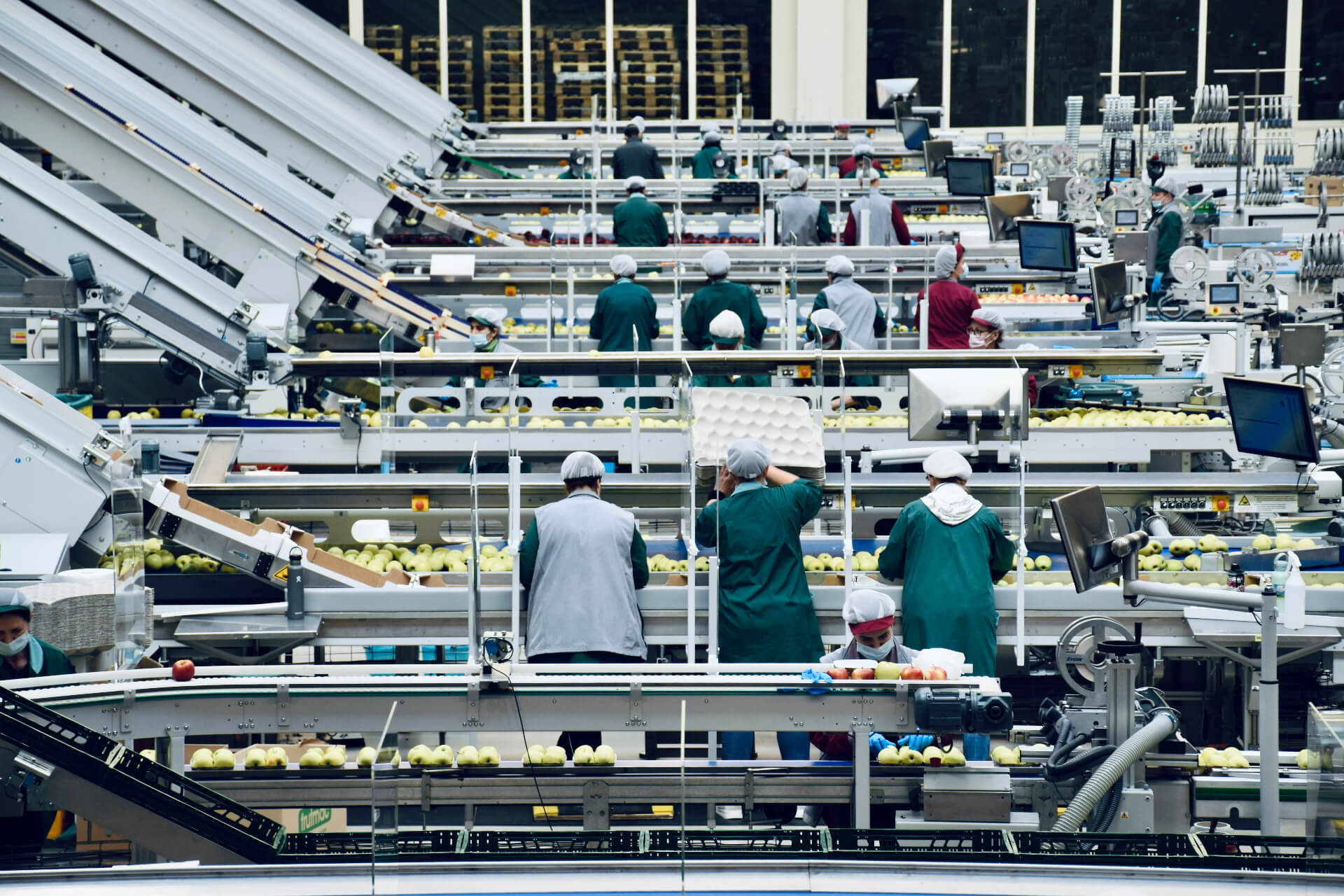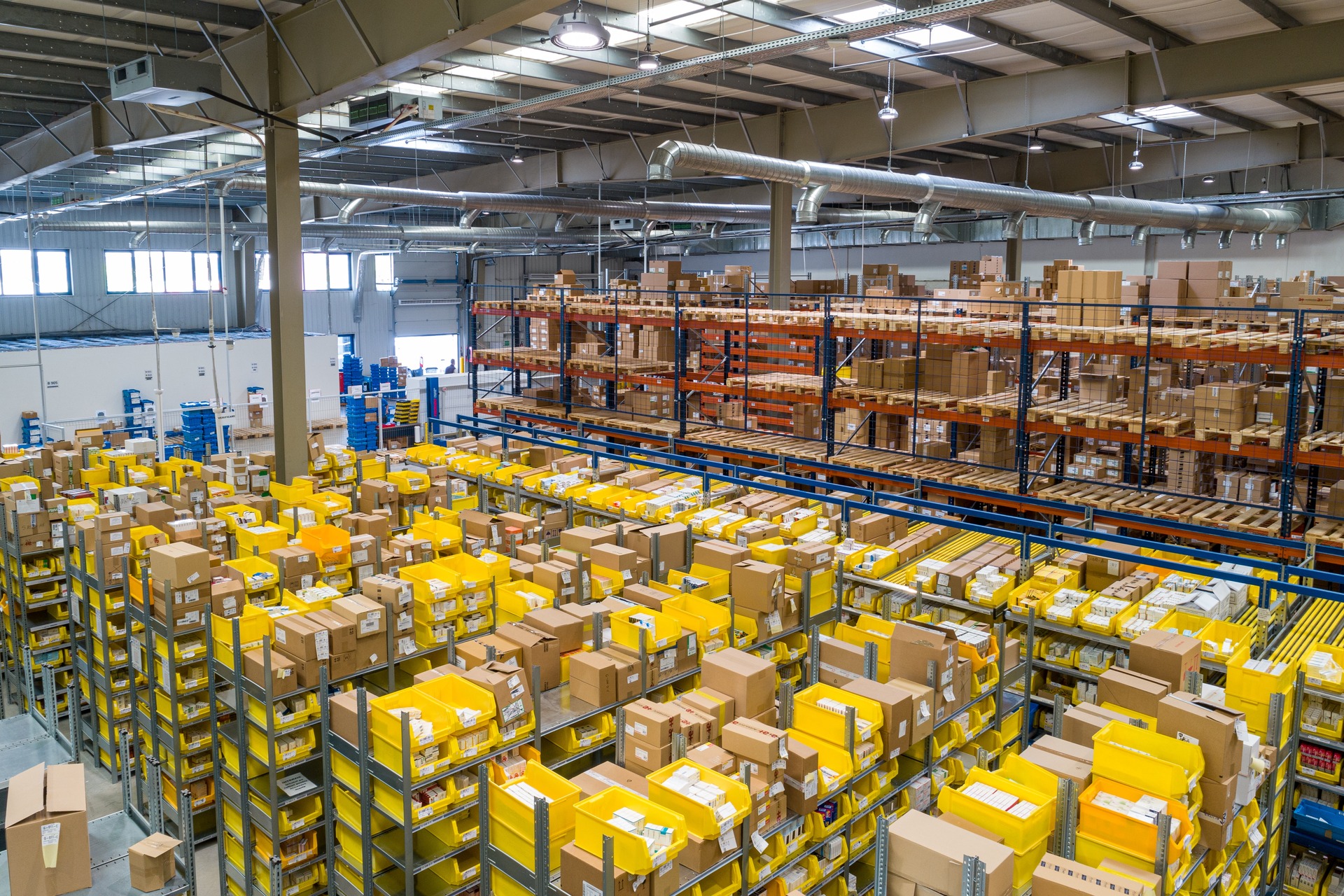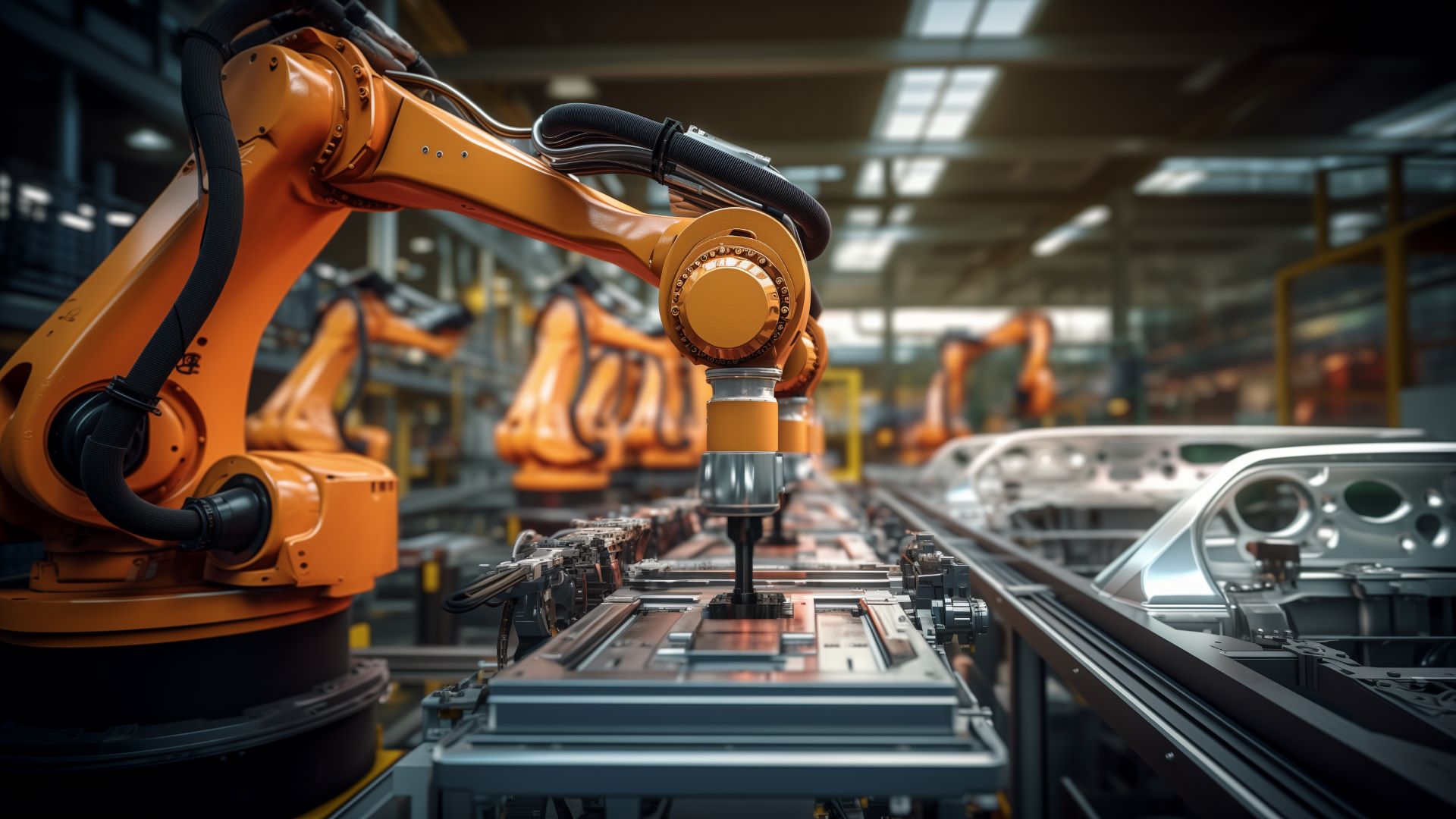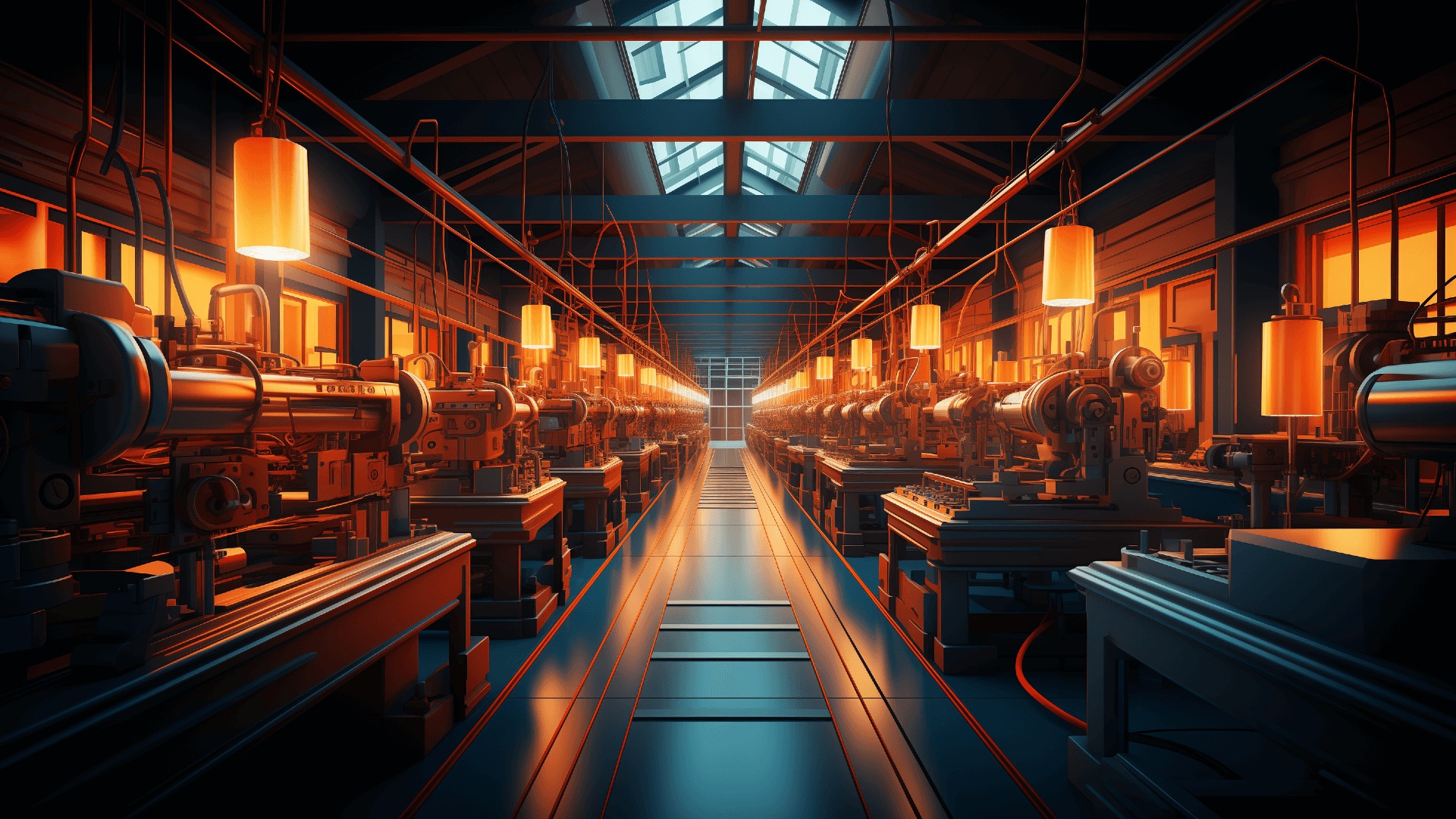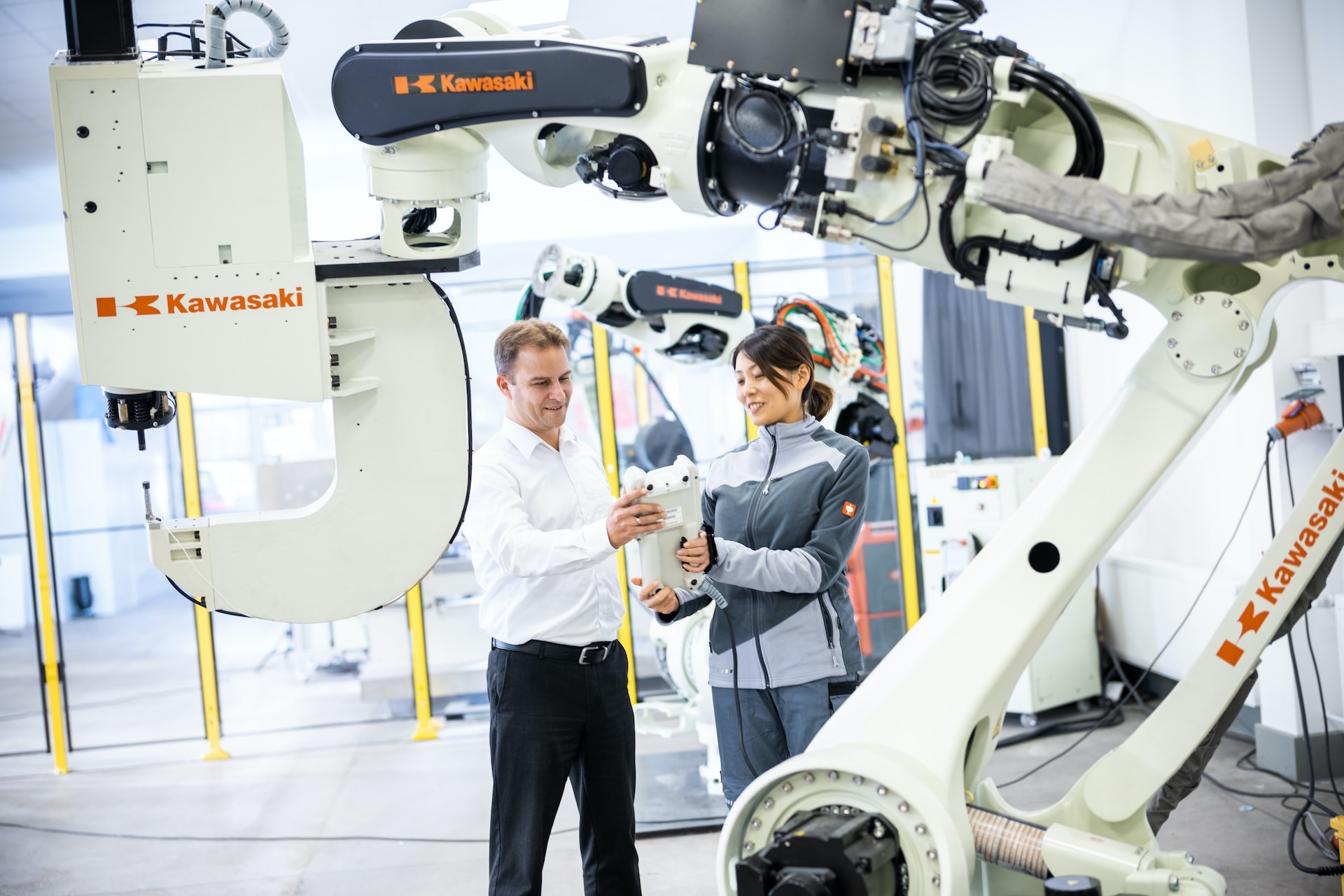
Is Computer-Integrated Manufacturing the Industry’s Future?
November 24, 2023 - Emily Newton
Revolutionized is reader-supported. When you buy through links on our site, we may earn an affiliate commission. Learn more here.
The manufacturing industry is rapidly embracing new technologies. Industry 4.0 is in full swing, and the sector’s technological evolution is far from over. Computer-integrated manufacturing promises to take these current trends to new heights.
What Is Computer-Integrated Manufacturing?
Computer-integrated manufacturing (CIM) applies computerization to every step of the production process. At its simplest, that means controlling each process through Internet of Things (IoT) connectivity or similar digital technologies. In more extreme cases, it means automating an entire facility.
CIM is the natural evolution of Industry 4.0. Technologies like automation and AI have already made 10 to 30% increases in throughput common throughout the sector. As these success stories become more common, organizations will want to apply these innovations everywhere they can.
While Industry 4.0 technologies are increasingly common, many current initiatives have fairly narrow scopes. Manufacturers may only automate a few processes or use AI analytics for some workflows. In that sense, CIM is the finish line for these strategies. It’s the saturation point where manufacturers have applied Industry 4.0 to its fullest extent.
Technologies Supporting CIM
Because of this massive scope, CIM relies on several smaller technologies. The specifics may vary between individual facilities, but robotics, the IoT and AI are some of the most foundational of these innovations.
Robotics
In many manufacturing processes, digitization means automation. Robotics may be one of the oldest, most established Industry 4.0 technologies, but it remains one of the most important. Manufacturers already use robots to address labor shortages and improve efficiency, but they can go further with this technology.
In computer-integrated manufacturing, robots will serve more roles than previously possible. Autonomous guided vehicles (AGVs) move materials between stations or pick orders for shipment. Machine vision-equipped robots will help workers load trucks and unpack pallets. These robots will also likely communicate with each other for greater flexibility.
Internet of Things
CIM also relies on IoT connectivity. Facility-wide automation is only practical if these machines adapt to seasonal fluctuations or unforeseen disruptions. The IoT enables that adaptability by letting robots learn what’s happening at other stations throughout the factory in real-time.
The IoT extends to more than just robotics, too. Predictive maintenance sensors are key to maximizing equipment uptime through digitization. Similarly, IoT sensors give manufacturers more insight and control over their energy use. CIM may also involve using the IoT to generate the data necessary to build digital twins of factories and supply chains.
Artificial Intelligence
AI is another foundational technology behind computer-integrated manufacturing. It equips robots with the ability to respond to changes in their workflows through computer vision and machine learning. It also turns IoT data into actionable insights for manufacturers to embrace ongoing improvements.
CIM also uses AI to automate and refine back-office tasks. Intelligent models can manage billing, scheduling, logistics route planning and more to reduce errors and promote higher efficiency. As increased digitization makes manufacturers a favorite target for cybercriminals, AI will also prove useful in network monitoring and incident response.
Computer-Integrated Manufacturing Pros
AI, robotics and the IoT are all growing across manufacturing in their own right. CIM brings them together and employs them to a greater extent, so it also combines and elevates their benefits.
Efficiency improvements are the biggest benefit of digital transformation and, as such, are the most prominent advantage of CIM. Robots and AI can perform most tasks faster than human workers, and as they become more flexible, these improvements extend to more processes. CIM’s extensive use of IoT data also gives manufacturers the insight needed to fine-tune every aspect of their business.
CIM is also good for employees if deployed correctly. The most dangerous and unengaging jobs in the workplace will go to robots, keeping humans out of harm’s way. Employees will also feel less stressed amid understaffing, as their overall workloads will be lower. Cost savings through efficiency gains also leave more room for better benefits packages.
Computer-integrated manufacturing improves on other automation initiatives, too. While all automation improves efficiency, it often sacrifices adaptability to do so. IoT connectivity and AI ensure automated systems are more flexible and empower human workers to see incoming changes and adapt accordingly.
Computer-Integrated Manufacturing Cons
Despite these benefits, computer-integrated manufacturing has some downsides, too. The most obvious of these is the expense. Robotics, AI, IoT and their supporting technologies are expensive in any application, much more so on a factory-wide scale. Even though CMI will lower costs over time, the initial barrier may be too high for some organizations.
The global tech skills gap is another concern. Almost three in four workers lack the digital skills necessary to succeed in future tech-driven workplaces. That lack of talent and experience can make it difficult to implement Industry 4.0 technologies effectively.
Persistent fears about job displacement are also worth considering. Ideally, digitization — even on CMI’s scale — will help workers accomplish more, not replace them. However, misled or overzealous businesses may misapply these technologies and lay off employees or devalue their work.
Is Computer-Integrated Manufacturing Viable?
Computer-integrated manufacturing’s advantages are impressive, but its challenges are imposing. These obstacles can make it difficult to achieve effective, ethical CMI, but that goal is still possible.
Following general automation best practices like identifying key use cases is an excellent start. If manufacturers can approach each smaller piece within the CMI puzzle with care, they can achieve these goals with minimal disruption and expense.
As part of that strategy, CMI must be a long-term goal. It will take several years of spread-out adoption and tweaking to apply Industry 4.0 technologies across the entire workspace. This slower method may be less exciting but is key to managing costs and minimizing the damage from mistakes.
The workforce also deserves attention. Manufacturers can manage tech skills gaps and prevent layoffs by upskilling their current workers to foster in-house digital talent. Always viewing automation as a way to benefit workers will also help ensure computer-integrated manufacturing remains fair.
CIM Is Challenging But Promising
Computer-integrated manufacturing is a lofty goal but an achievable one. Understanding this concept as the final phase of Industry 4.0 will help manufacturers map out a more effective technological roadmap. The journey will be a long one full of trial and error, but if handled carefully, it’ll yield substantial benefits.
Revolutionized is reader-supported. When you buy through links on our site, we may earn an affiliate commission. Learn more here.
Author
Emily Newton
Emily Newton is a technology and industrial journalist and the Editor in Chief of Revolutionized. She manages the sites publishing schedule, SEO optimization and content strategy. Emily enjoys writing and researching articles about how technology is changing every industry. When she isn't working, Emily enjoys playing video games or curling up with a good book.
